When it comes to summer, what comes to mind is; warm days, blue skies and of course the sound of cicadas… Most of us consider these sounds as an indispensable part of summer, but how much do we know about the characteristics of cicadas? So much so that we can say that cicadas create a balance with their benefits!
These interesting insects, usually noticed by their sounds, actually have quite complex life cycles, unique eating habits and they are full of impressive adaptability.
After our content, especially in summer cicada sound After you hear them, you will listen to them differently.
Highlights of cicada features include:
How long does a cicada live and what kind of life cycle do they have?
Cicada life cycle; It has three stages: egg, nymph (larva) and adult. However, this process is quite different from the life cycle of many other insects because some species live underground as nymphs. Between 2 and 17 years They spend some time.
Yes, you heard right; 17 years! During this time, cicadas They feed and thrive underground, living in a world of which we are completely unaware.
Why do cicadas die? It all depends on mating.
This long process is especially important for species with a 17-year cycle found in North America. It is one of the longest life cycles in nature. At the end of this time spent underground, the nymphs come to the surface of the soil and change their shells, turning into adult cicadas.
adult cicadas, usually appear during the hot summer months, and in this final stage of their lives, their sole purpose is to mate and lay eggs. This period usually lasts from a few weeks to a few months, and then they die.
This interesting life cycle of cicadas protection from natural enemies and allows them to appear en masse in certain years. This mass exodus acts as a defense mechanism because even if defeated by multiple enemies, a sufficiently large population survives and ensures the survival of the species.
How many types of cicadas are there?
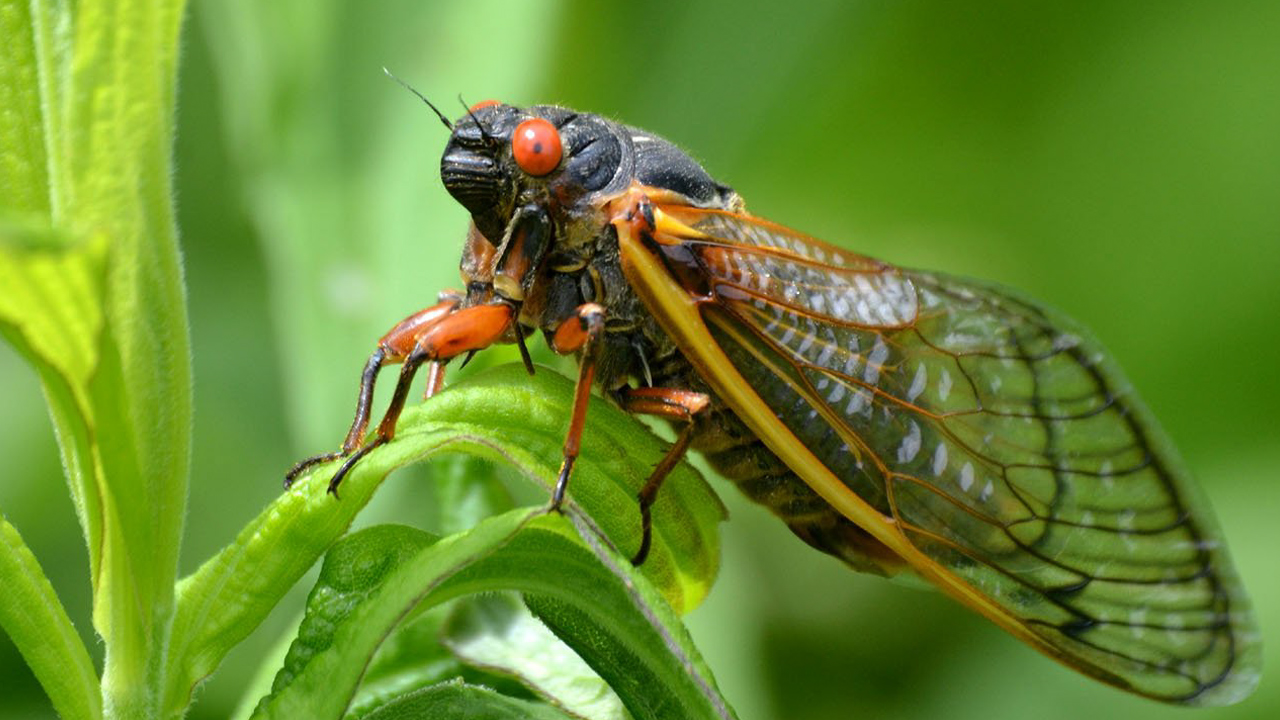
more than 3 thousand cicada species However, they are generally classified into two categories. Cicadas are seen every year and spend almost all of their lives underground. periodical cicadas.
The sound of the cicada is one of the symbolic melodies of the summer months. So, how are these sounds produced?
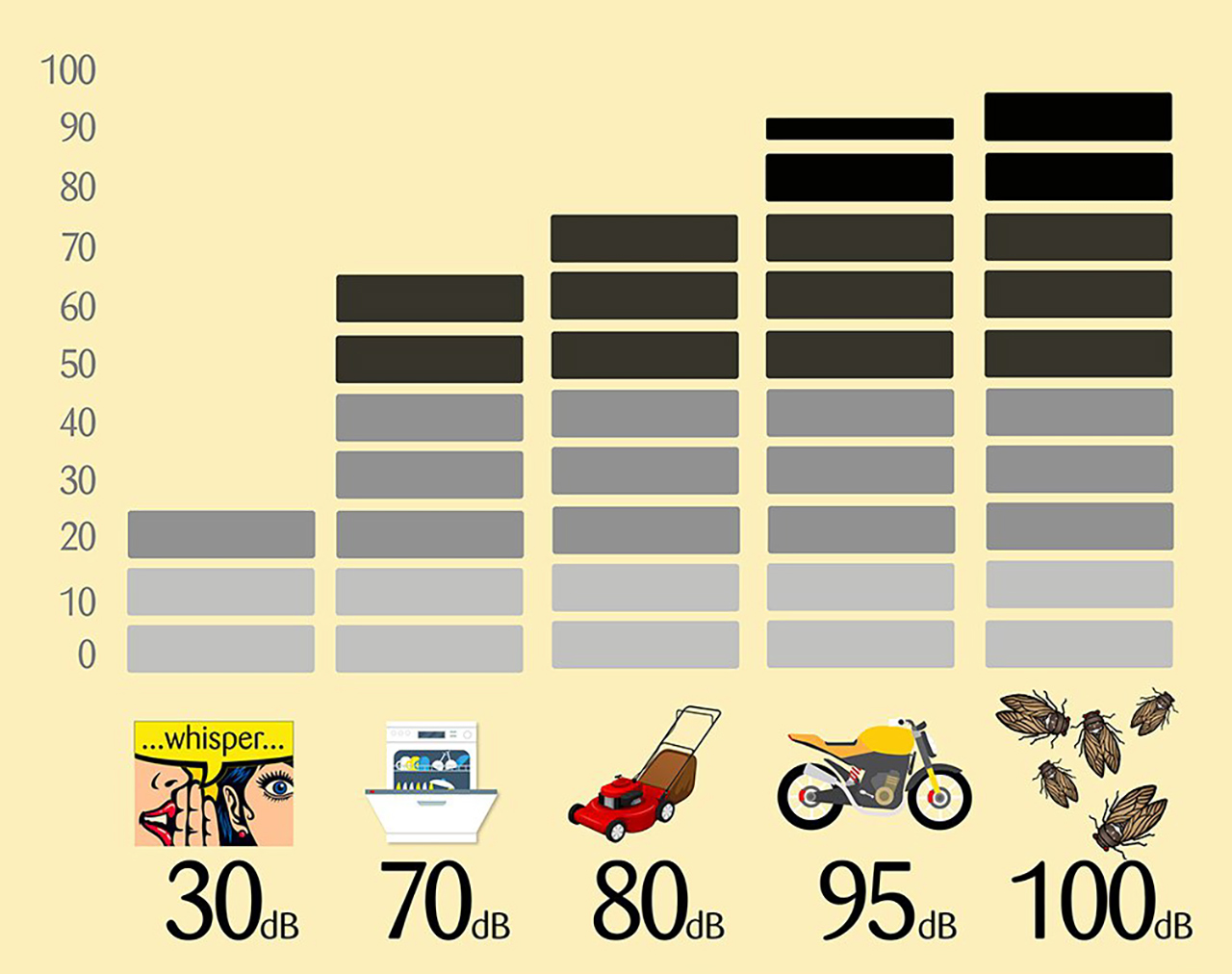
Special structures called ‘tymbals’ located in the abdomen of cicadas move in and out quickly, producing these impressive sounds. cicada soundespecially used by male cicadas to attract females.
Each species has a unique “song” that allows females to easily distinguish males of their own species. Interestingly, some cicadas They can produce sounds up to 120 decibels which is equivalent to the sound level of a rock concert!
They are also known for their extraordinary camouflage abilities.
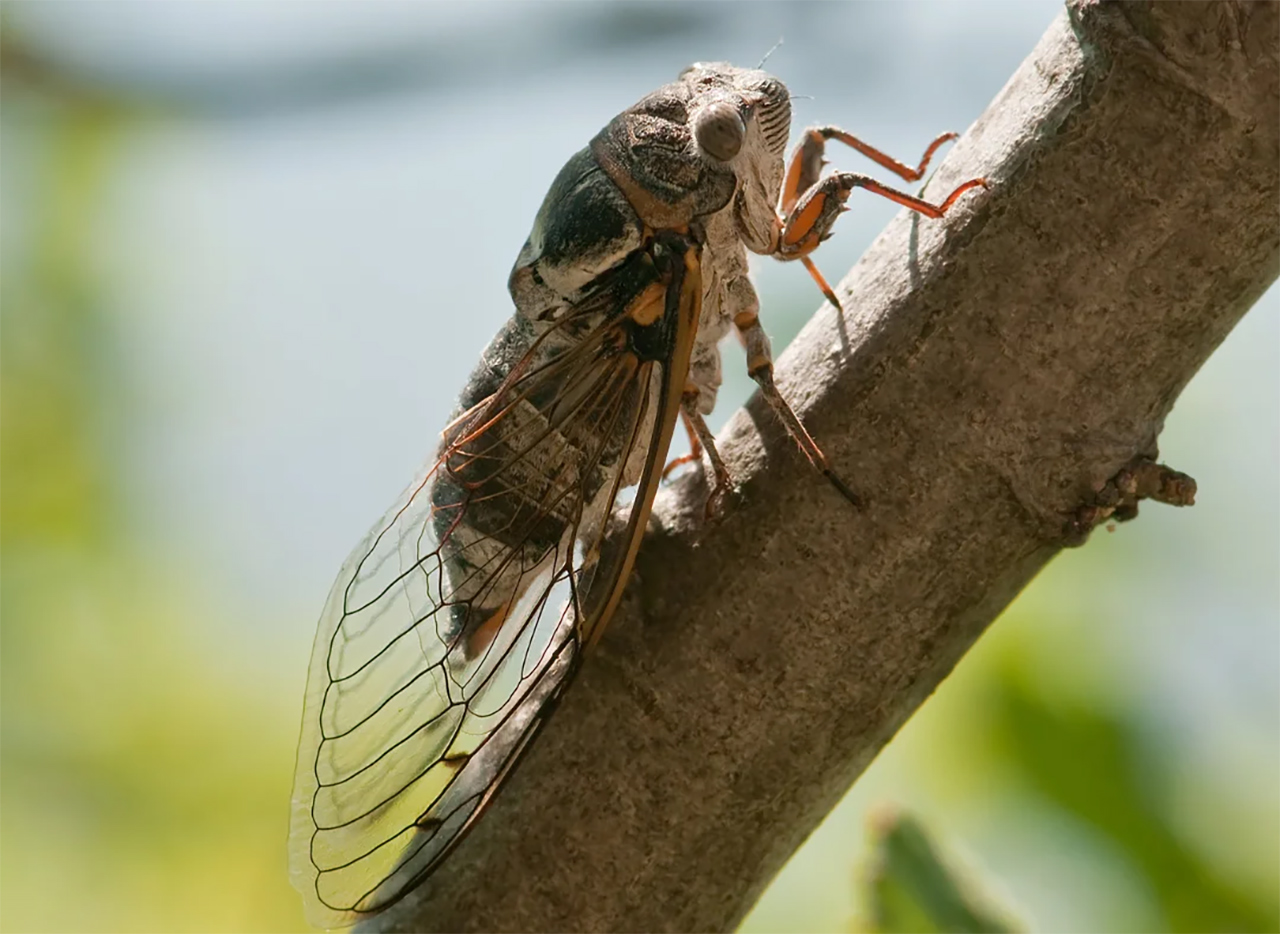
Cicada features They also have camouflage abilities that allow them to become almost invisible. Their colors and patterns perfectly protect them from predators. This is a critical adaptation for survival, especially for adult cicadas, because most predators cannot detect them visually.
Their mass emergence is one of nature’s most impressive events.
In certain years, millions of cicadas It emerges from underground and matures almost simultaneously. This phenomenon is especially known for periodic cicadas, which occur at specific intervals such as 13 or 17 years.
Mass emergences help reduce prey-prey pressure on cicadas because predators have limited capacity to consume such large numbers of insects. social behavior It is also at the center of cicadas’ survival strategies.
They feed by sucking the juices and sap of plants.
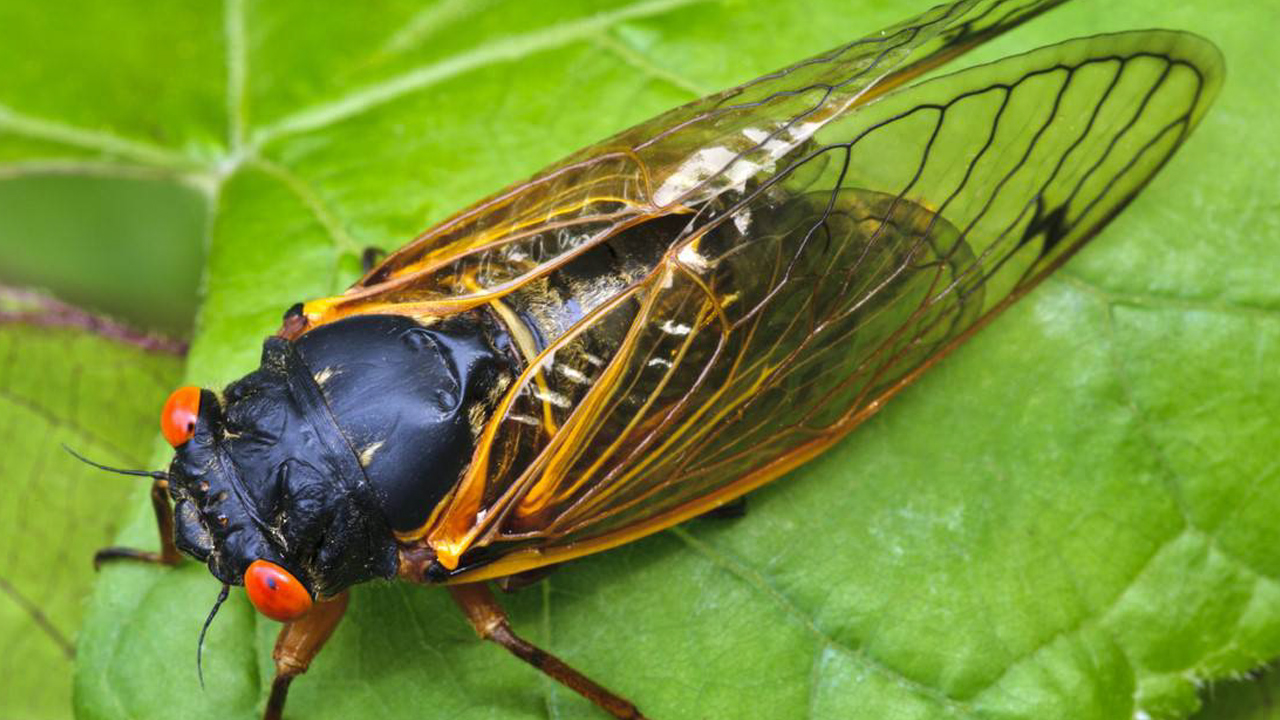
Cicada feeding style, especially when large numbers of cicadas congregate, can cause stress on plants. However, the effect of cicadas on the ecosystem is not entirely harmful.
Cicada benefits They also contribute to the aeration of the soil and the circulation of nutrients during the many years they spend underground. In addition, the bodies of cicadas that die after adulthood return to the soil and provide nutrients to the ecosystem.
Methods of communicating and finding a mate are not limited to just making sounds.
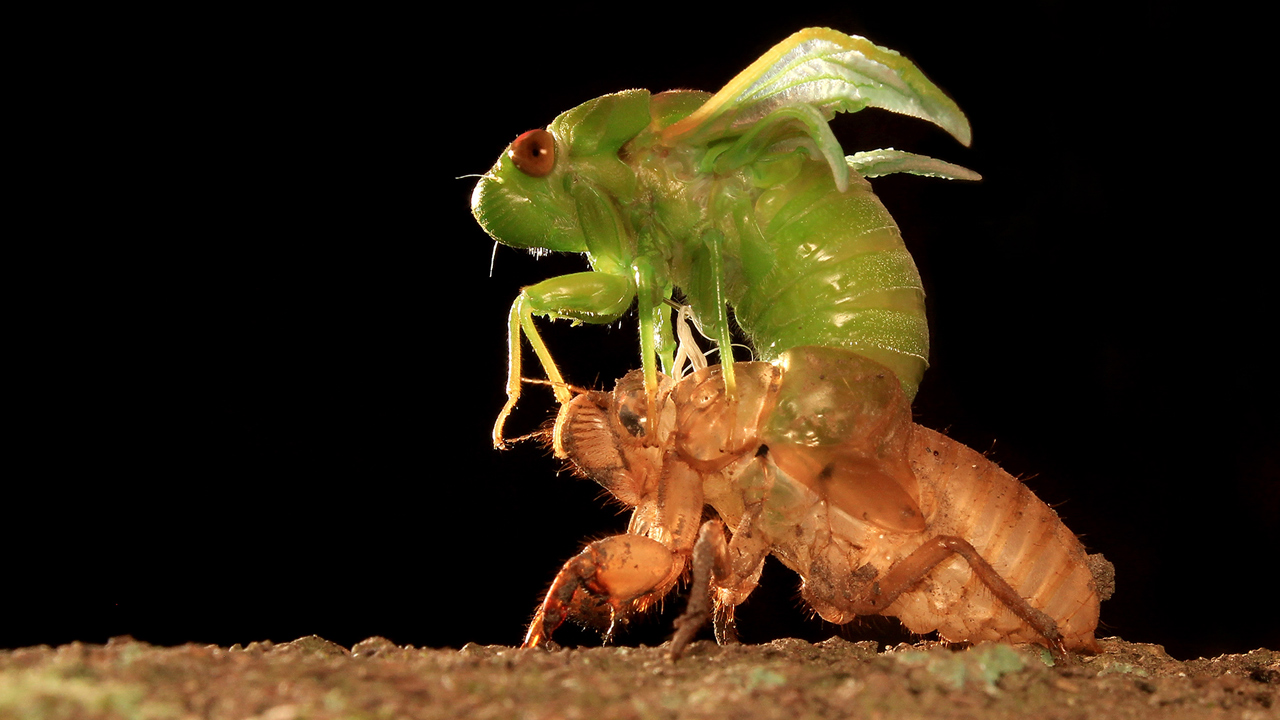
Research suggests that cicadas communicate with each other using pheromones (chemical signals) and perhaps even sense of touch has shown that it can be used. These methods become vital in finding a mate, especially in dense vegetation or when visibility is limited.
Climate change also affects cicadas.
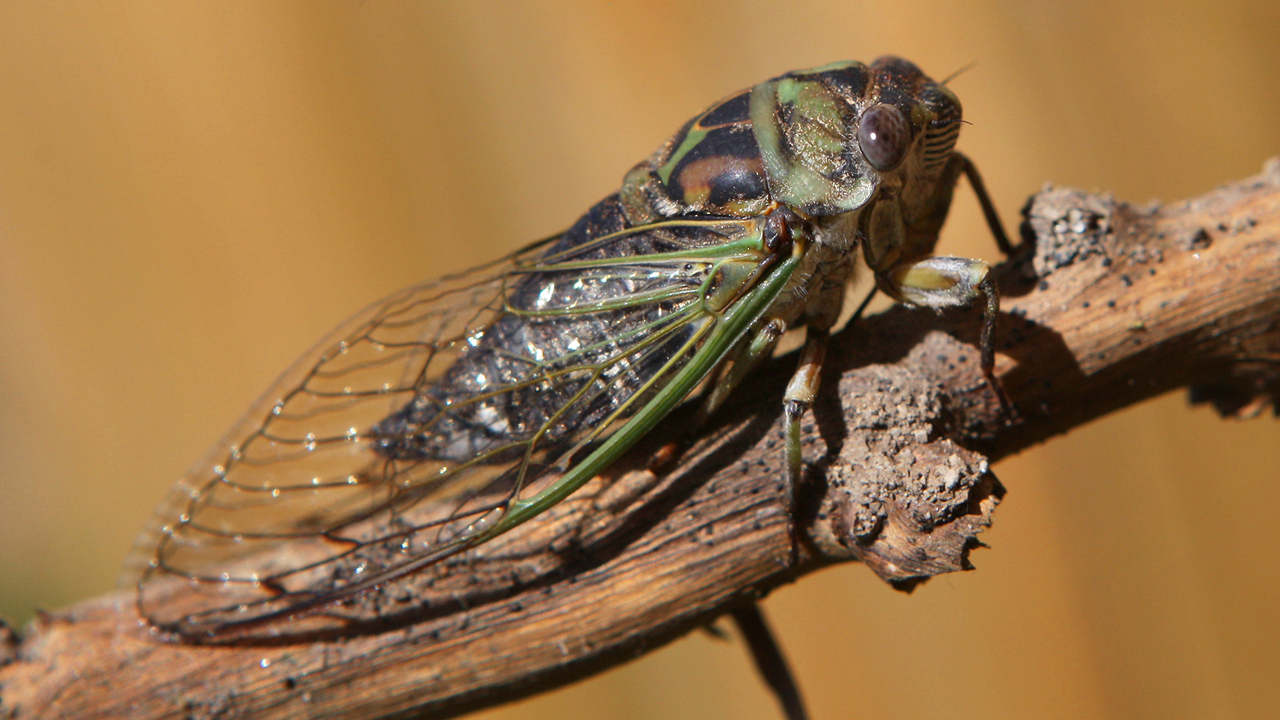
Climate change may have significant impacts on the life cycle and population dynamics of cicadas. Increasing temperatures and changing precipitation patterns are causing cicadas to departure times and distribution may affect.
Some scientists believe that climate change may affect some species of cicadas. more frequently and in larger populations suggests that it may cause
In some cultures, cicadas are valued as a protein-rich food source.
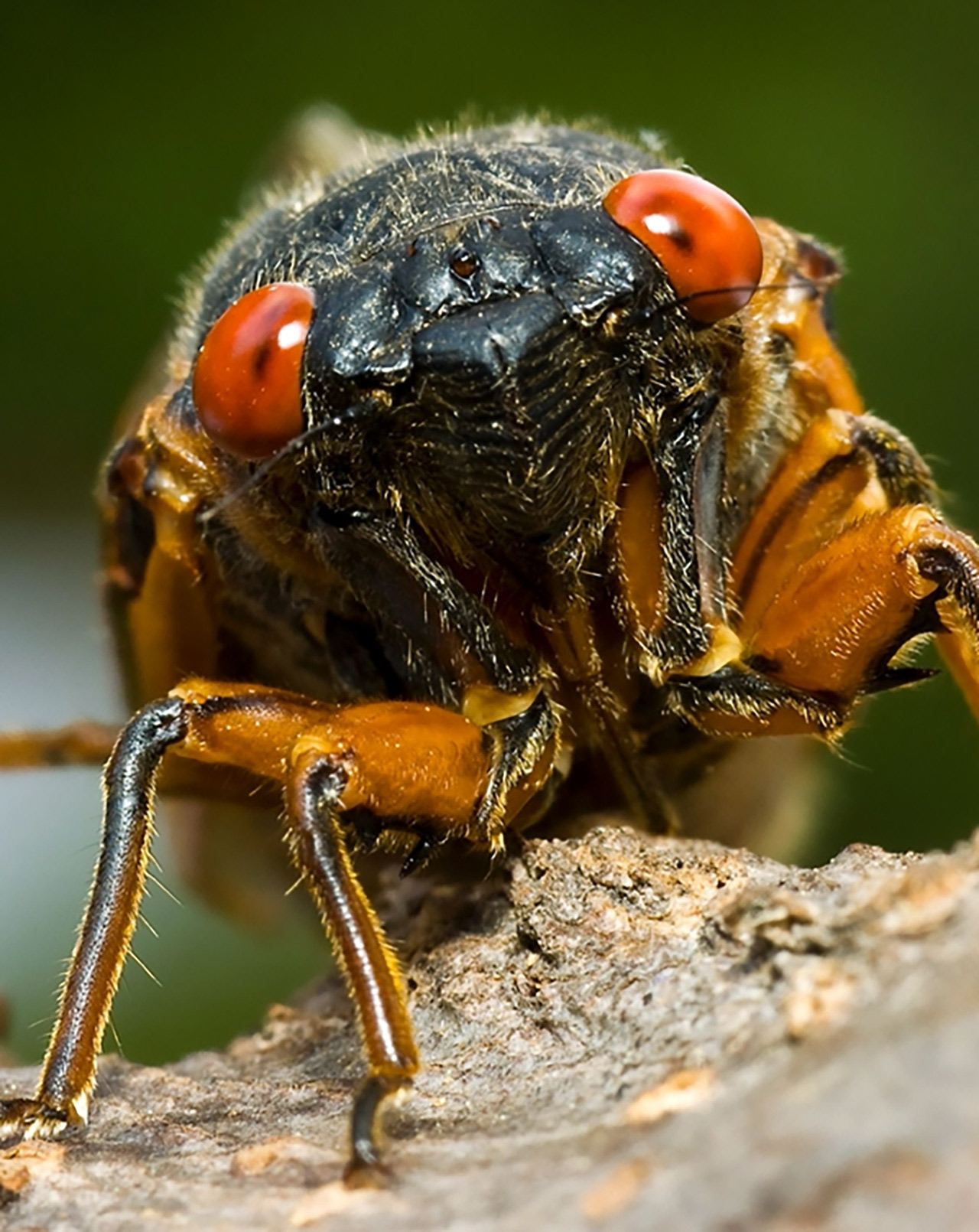
Consumption of edible insects has regained popularity as interest in sustainable food sources increases. Cicadas, especially in their larval stages, nutritionally and ecologically sustainable It is considered a food option.
They are often confused with grasshoppers.
Although some people think that cicadas and grasshoppers are the same, periodic cicadas, in particular, are similar to grasshoppers. It does not create devastating epidemics. Of course, at this point it is worth mentioning that 1.5 million cicadas can gather in one acre.
One of the things that sets them apart is their eating habits. Cicadas do not eat plants like grasshoppers, but instead They drink the sap of tree roots and branches. In addition, locust swarms can damage especially young trees with the eggs they lay, but cicadas do not cause serious damage to trees since they are not usually around.
We have seen that cicadas, which fill our ears with their sounds like the harbingers of summer, are one of the most interesting creatures in nature, with the details we examined, from their bidirectional effects on the ecosystem to their social behavior.
We hope this information will inspire a new sense of admiration for these extraordinary creatures with every cicada call you hear during the summer months.
Our other contents where you can get interesting information about animals:
RELATED NEWS
You Will Swallow Your Small Tongue When You Read How They Mating Works and How Long It Lasts: 11 Surprising Facts About Anacondas
RELATED NEWS
Don’t be fooled by their majestic appearance: 10 Facts about the Tibetan Mastiff, which has a lovely loyal friend inside.
RELATED NEWS
Why Do Woodpeckers, Who Tirelessly Peck at Trees Thousands of Times, Do This?
RELATED NEWS
Much More Than What We Watched in the Ice Age: 10 Facts About Mammoths That Extinct 11 Thousand Years Ago
RELATED NEWS
